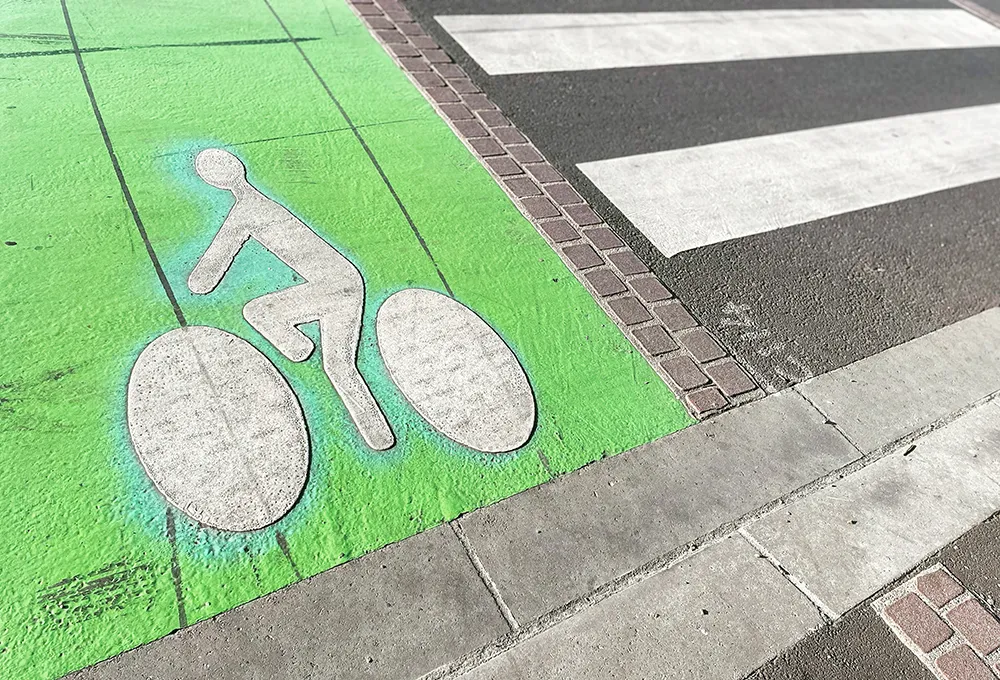The first of three hundred cars carrying speed camera systems are due to start operations on France’s roads on 15 March in around twenty regions. Installed in an ordinary-looking Renault Megane is a new-generation speed camera built into the dashboard with a vehicle detector radar behind the licence plate. Each is capable of detecting speeding vehicles and photographing them, without flash, while on the move at motorway speeds. Although unmarked cars are used, the officers driving them will still be in uni
February 28, 2013
Read time: 2 mins
The first of three hundred cars carrying speed camera systems are due to start operations on France’s roads on 15 March in around twenty regions.
Installed in an ordinary-looking2453 Renault Megane is a new-generation speed camera built into the dashboard with a vehicle detector radar behind the licence plate. Each is capable of detecting speeding vehicles and photographing them, without flash, while on the move at motorway speeds.
Although unmarked cars are used, the officers driving them will still be in uniform and for the initial period only drivers who overtake the unmarked car will be penalised.
The cars will also only target high-speed drivers, according to senior Sécurité Routière official Aurélien Wattez, who said they were aimed at motorists who ignored restrictions everywhere except where there were road-side cameras. They are set to catch drivers speeding at more than ten per cent above the road’s limit, above 143 km/h on the bulk of French motorways.
It is intended to bring in three hundred equipped vehicles over the next three years in a bid to cut road deaths, with excess speed blamed for twenty-six per cent of fatal road accidents in 2012, around 1,000 deaths.
Installed in an ordinary-looking
Although unmarked cars are used, the officers driving them will still be in uniform and for the initial period only drivers who overtake the unmarked car will be penalised.
The cars will also only target high-speed drivers, according to senior Sécurité Routière official Aurélien Wattez, who said they were aimed at motorists who ignored restrictions everywhere except where there were road-side cameras. They are set to catch drivers speeding at more than ten per cent above the road’s limit, above 143 km/h on the bulk of French motorways.
It is intended to bring in three hundred equipped vehicles over the next three years in a bid to cut road deaths, with excess speed blamed for twenty-six per cent of fatal road accidents in 2012, around 1,000 deaths.









